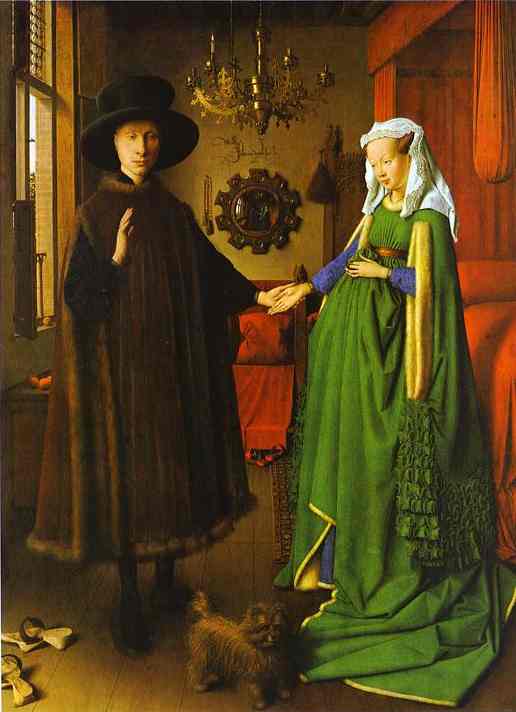Those folks who favor a constitutional ban on same-sex marriage are half right when they say the most traditional union in the history of the human family is the marriage of one man and one woman.
They’re just off by the number of wives.
“Actually, the most traditional form of marriage, which has been approved by more societies than any other, and which appears most often in the first five books of the Bible, is polygamy — one man and many wives,” says Stephanie Coontz, author of “Marriage, A History: How Love Conquered Marriage.”
While the plot of HBO’s “Big Love” may still be too bold for network TV, Coontz says, “almost every marital and sexual arrangement … however startling it may appear, has been tried somewhere before.”
Coontz is coming to speak at Century College in White Bear Lake this week, as part of a speakers series designed to “enhance multicultural understanding.” Her two appearances, on Tuesday and Wednesday, may also provide much-needed historical background to this state’s self-appointed defenders of traditional marriage — if only so they have a better understanding of what traditions they’re really defending.
Far from a static institution, marriage has been one of the most mutable of human bonds — altering most profoundly in the last 30 years. Recent headlines heralding the new minority of married households is proof of the transformation, says Coontz, who also sees it as a sign of marriage’s surprising strength in our culture.
“Marriage used to be the way that people moved out of their parents’ house … and marriage was the gateway into adulthood,” says Coontz, director of public education for the Council on Contemporary Families and professor of history and family studies at Evergreen State College in Olympia, Wash.
Now, with the rising age of first marriage, the fact that more couples have lived on their own, or learned they don’t have to stay in relationships that are unfair or unfulfilling, the optional nature of marriage may actually make the bond more meaningful.
“People value marriage more when it comes as the culmination of a growing-up process,” says Coontz. “Marriage is definitely not dead. In fact, it means more to most people emotionally than it did at any time in history.”
Who has pushed the hardest to change what it means to be married? Probably not who you think.
“It’s heterosexuals who have revolutionized marriages and who are challenging the traditional way that marriage is organized,” says Coontz. For instance, a recent study about family time found that in the space of a single generation, fathers have more than doubled the time they spend on child care. This change would likely not have come about if women were still hewing to the roles of traditional marriage.
“For thousands of years, marriage was … about men taking over women’s property. So the things that used to make marriage stable, also tended to make it more unpleasant,” says Coontz. The same historical changes that have given women more autonomy, or made men more romantic (they more than women consider marriage an ideal state), have helped “marriage become more fragile and more fulfilling as part of the same process,” she says.
While Coontz understands why people might be eager to stop the process and return to some halcyon period when the definition of marriage was written in stone, the marriage historian says that version of the past never really was.
“Things that reassure us, but are false, are not very helpful. The fact is marriage has always been changing. I understand why people are anxious about these changes, but I feel pretty confident in saying they’re not going to go away.”
What other illusions about married life is professor Coontz prepared to strip away next week?
“You know Anthony and Cleopatra? Sooo not a love story.”
Originally published in the Pioneer Press, October 2006

